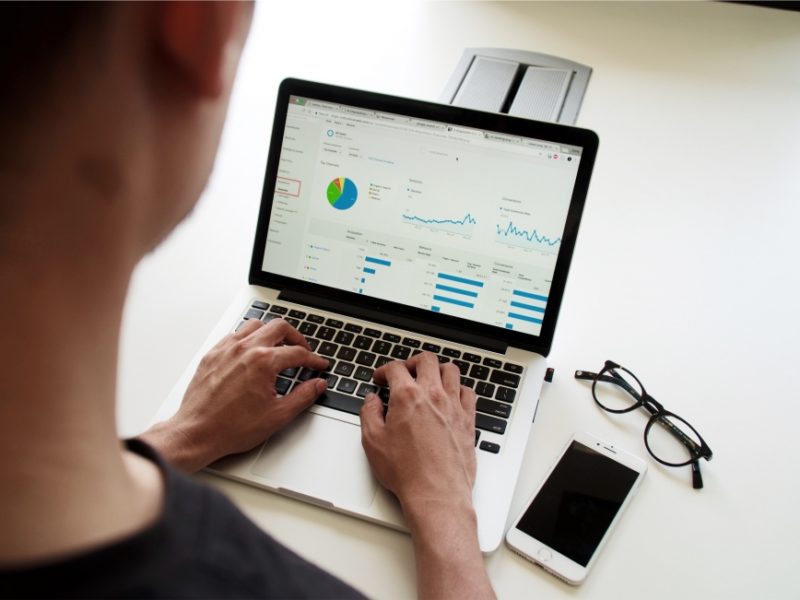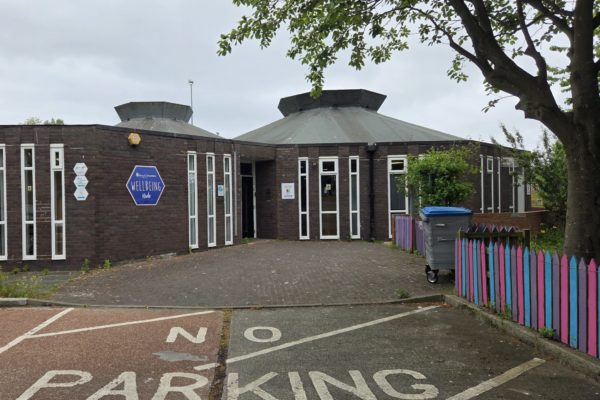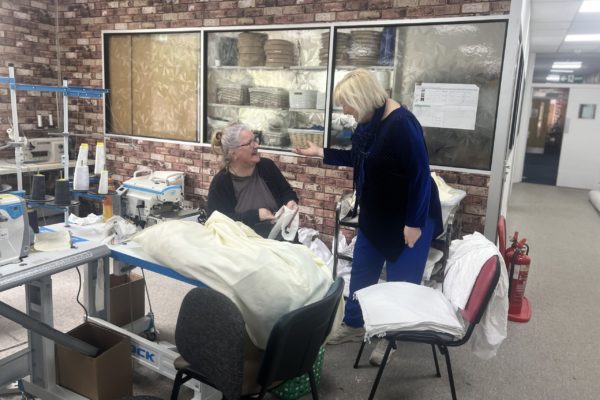We’re changing the way we collect data internally to better understand the impact COVID-19 is having on our customers. Our Researcher Jenny Smith shares more on our processes and insights so far.
We are all too aware that urgent support is needed for charities and social enterprises affected by COVID-19. This support is increasing: Wednesday 8 April saw the Government announce a £750m civil society support package. Though the Government is working to identify priority recipients and aiming to disburse funding within weeks, and though we don’t yet know what The National Lottery Community Fund’s support will look like, these priority recipients have already been mooted as charities delivering frontline support across the UK, leaving many other registered charities, social enterprises and educational organisations potentially still at risk. Here at SIB, we also announcedlast Thursday 9 April, the launch of the £25m Resilience and Recovery Loan Fund for charities and social enterprises. Though the loans will have increased flexibility in terms, we too recognise that this fund will not suit the needs of all social sector organisations.
So, what else are we doing to address the gaps in provision? In these ever-changing circumstances, we must continue to listen to the voice of our customers in order to respond and rapidly adapt to their changing needs, ensuring the flexibility and effectiveness of our support – not just as an emergency response, but as they deal with challenges over the months to come. A key part of making this happen is for us to collect data to swiftly understand how support for organisations and communities can be most effective, and most importantly, fairer for all charities and social enterprises.
Our internal data collection has therefore been an important focus for us over the past few weeks in order to work towards this goal. We are looking to integrate regularly-updated data into our wider decision-making processes. By listening to customers and maintaining an open dialogue, we can use the information we’re collecting to tailor our support – understanding how best to adapt our activities, increase our flexibility according to need and signpost customers to the most appropriate information.
Since mid-March, we have designed and implemented a new systematic data collection process that uses the conversations that our Relationship Managers are having with our customers to create a live and robust data set. Across our portfolio, we are now collecting data on the following areas:
- Impact on staff/volunteers
- Impact on finances
- Impact on service delivery
- Contingency plans for COVID-19
- Support needed
Let’s take a closer look at what we’ve found so far. We have collected information from a total of 97 organisations, from 10 different SIB funds. Between 27 March to 3 April, we received 42 updates from different organisations, inputted into our database by Relationship Managers using this form. Daily updates are critical to ensure that our data reflects changing circumstances and trends.
After refining these processes internally, we are ready to use this data to assess organisational risk and identify support and funding needs easily and quickly: for example, how differences between organisations (e.g. geography, size, primary focus, income stream, cash reserves) shapes the impact of COVID-19. This will help us expose different vulnerabilities for different organisations and subsequently help us tailor our advice and delivery of support to the diverse organisations we work with.
We expect findings to change and evolve with the circumstances and new data we collect. However, we also think it is important to share initial takeaways and to demonstrate the value of embedding standardised data collection to understand the impact of COVID-19.
Here are five of our initial takeaways:
1) COVID-19 poses a Medium-to-High risk to the income and cash reserves of most organisations. 73% of organisations are experiencing a Medium/High Risk to Income and 75% are experiencing a Medium/High Risk to their Cash Reserves.
2) Risk to income and cash reserves are non-exclusive with 66% of organisations experiencing a Medium/High Risk to Income and Cash Reserves.
3) Change in need has varied in different sectors. 25% have seen an increase in need for their services whereas 26% have seen a decrease. Most of the Education and Arts/Culture focused organisations have seen a drop in need, compared to Community Centres who have seen both increases and decreases.
4) Organisations currently cite ‘users moved elsewhere/ceased use’ as the biggest barrier to recovery in the future. 24% have identified this as at least one of their barriers to recovery. Others include loss of tenants, loss of contracts and loss of staff/volunteers.
5) Without urgent support, some organisations are experiencing imminent difficulties in managing their expenditure. 22% have imminent difficulties paying staff, without support and 19% have imminent difficulties paying operational costs without support.
As the project develops, we are looking to carry out more extensive analysis, as well as exploring trends in our time-stamped data. At this time, we believe that being transparent with our research and data is critical and we will be sharing more of our findings more widely with our customers and peers in the coming weeks. This will also create an opportunity to collaborate with our peers on creating comparable data across the sector. Ultimately we aim to use this data as evidence to influence Government and other social investors into providing fairer emergency finance for the organisations who need it most.
If you’d like a copy of our database template and guidance, these are available to download on the SEDL website and below. If you’re interested in finding out more about our work, please do feel free to get in touch with me directly.
If you’re looking for a breakdown of the latest Government advice for businesses, and current emergency funding opportunities, visit our COVID-19 Resources and Information page.
Photo by Campaign Creators on Unsplash.
Attached files:




